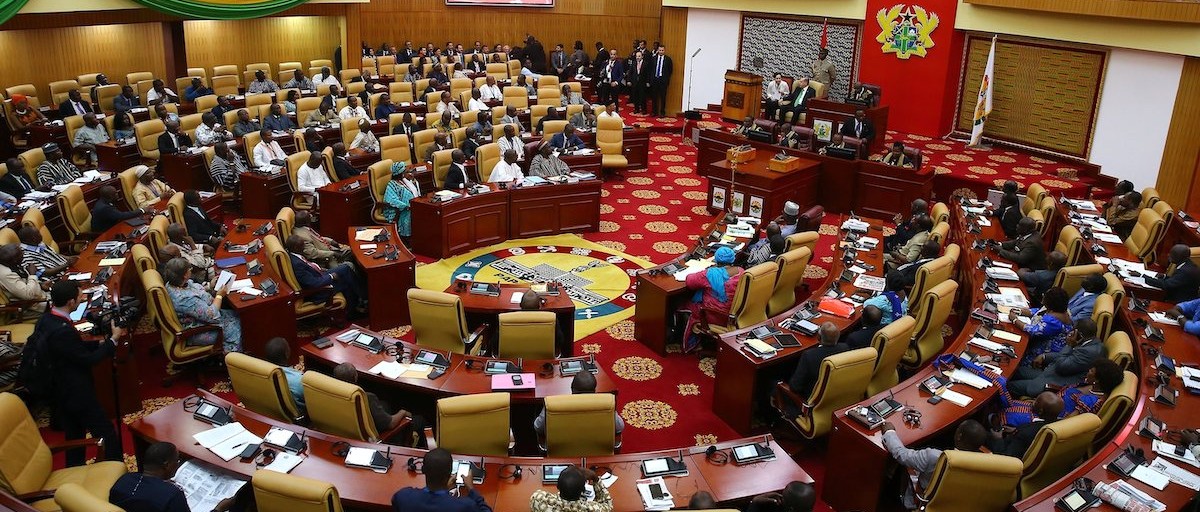
The sustainability of our current macroeconomic recovery remains highly dependent on persistently high gold prices.
According to the UK-based firm Fitch Solutions, a sharp decline in gold prices triggered by de-escalation of geopolitical tensions would significantly reduce Ghana’s dollar earnings and deflate its international reserves.
Indeed, Fitch Solutions is convinced that a substantial decline in gold prices would drive a sharp rebound of inflation.
Gold price has trended upward from a pandemic price of over US$1,800 year-on-year and reached an unprecedented high of over US$3,000 since beginning of this year. Persistently high global gold prices by historical standards support export earnings and ensure a steady inflow of foreign currency.
However, Fitch Solutions notes that BoG’s 300 basis points rate cut in July 2025 signals a strong willingness to ease policy now that macroeconomic fundamentals have improved – largely thanks to elevated gold prices.
With the improved macroeconomic environment and resultant upgrades by international credit rating agencies, professional services firm Deloitte Ghana has cautioned government against its plan of returning to the capital markets.
Deloitte says government must take recycling lessons from historical mistakes to avoid a repeat of the debt hangover experienced over the last three years.
In its 2025 Mid-Year Review Budget, the professional services firm notes that reliance on foreign debts must be moderated, with inflows strictly channeled into strategic capital investments that can adequately support repayment.
As of end-June 2025, Ghana’s total public debt had reduced by GH¢113.7billion; representing a 15.6% reduction from GH¢726.7billion at the end of December 2024 to GH¢613billion in June 2025. During the same period, gross public debt as a percentage of Gross Domestic Product (GDP) stood at 70.6% in June 2024 compared to 43.8% for June 2025.
Deloitte indicates that the significant decline in debt-to-GDP ratio (from 78.5% as of December 2021 to 43.8% for June 2025) reflects an improvement of debt sustainability and major progress toward the medium-term target debt-to-GDP ratio of 55% by 2028, as agreed with the International Monetary Fund.
The post Editorial: Cautiously consider return to capital market appeared first on The Business & Financial Times.
Read Full Story

















Facebook
Twitter
Pinterest
Instagram
Google+
YouTube
LinkedIn
RSS